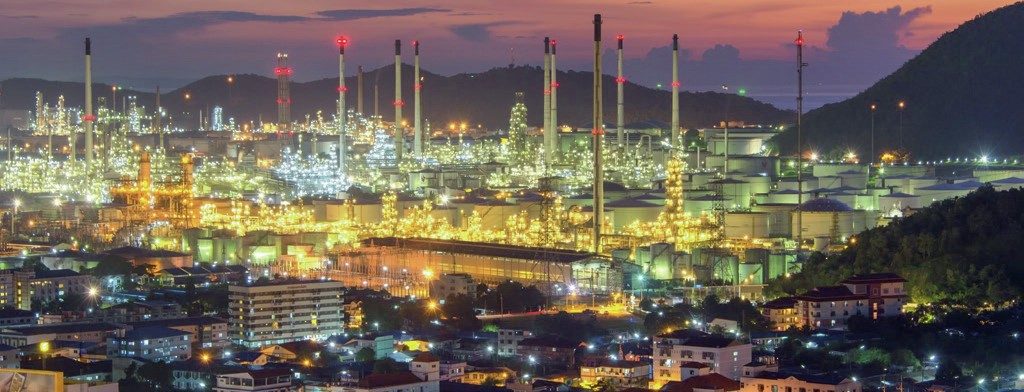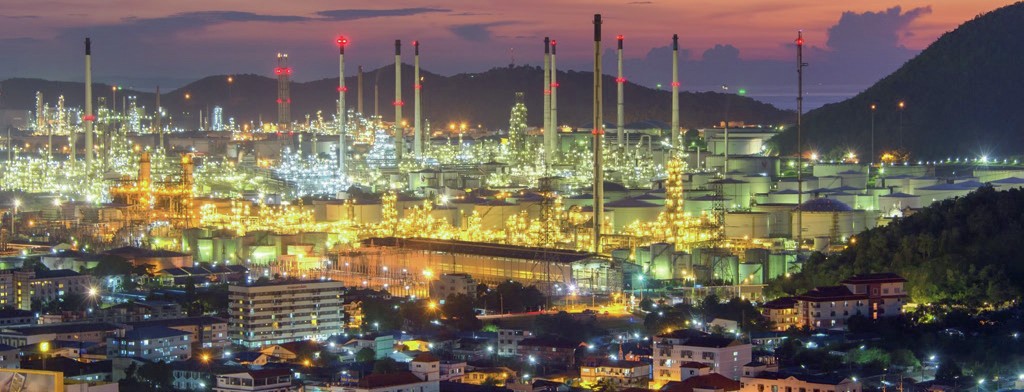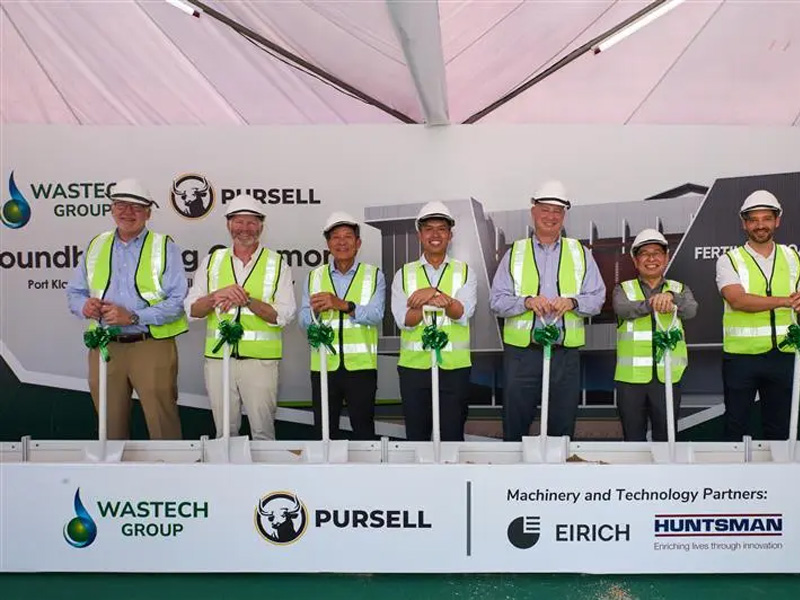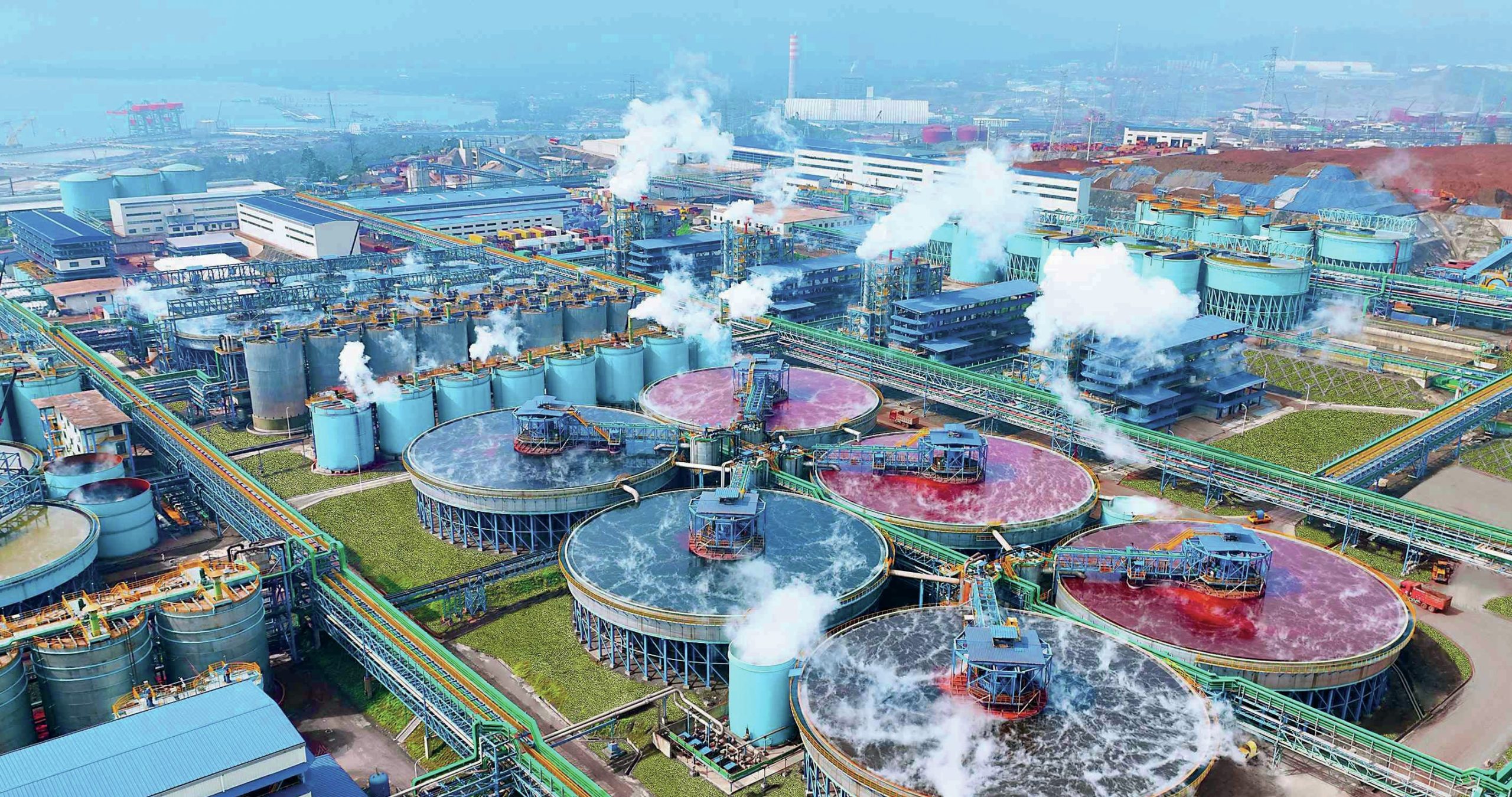Sulphur 388 May-Jun 2020

31 May 2020
Sulphur Industry News Roundup
WORLD
Oil prices forced negative in spite of OPEC deal
West Texas Intermediate (WTI) forward oil prices for May dropped into negative territory during mid-April, on fears of lack of storage capacity to deal with the excess production. Forward prices for June were also nosing to equally unprecedentedly low levels.Elsewhere, Brent Crude spot prices dropped to $20/bbl, a fall of $50/bbl from the start of 2020.
The price falls came in spite of a deal brokered by president Trump between major oil producers, most notably Russia and Saudi Arabia, to reduce oil production. Russia’s refusal to abide by an earlier OPEC quote had led to Saudi Arabia also increasing production, precipitating a price war and the current glut of supply over and above the rapid fall in demand caused by the Covid-19 outbreak. The deal, combined with expected production declines and shut-ins for producers in the US and Canada, aimed to remove up to 14 million bbl/d of oil production during May and June, including 5 million bbl/d in Russia, 5 million bbl/d in Saudi Arabia, and 3.7 million bbl/d in the US, Canada and other countries.
Even so, IHS Markit is forecasting that global oil demand for 2Q 2020 will be down 16.4 million bbl/d on the figure for the same period of 2019, six times the reduction in 2009 caused by the financial crisis, and that the surplus will soon fill storage capacity around the world. Around 1.2 billion barrels of oil storage capacity was available as of 1Q 2020. Producers have been looking to secure empty oil tankers as emergency floating storage capacity as the crisis continues.
IHS also notes that the US may find it harder to return to full production once the crisis is past, as compared to Saudi Arabia and Russia. It projects that by 4Q 2021 US production will be 8.8 million bbl/d; 4.1 million bbl/d down from 1Q 2020, while Saudi Arabia is forecast to be 1.8 million bbl/d up at that time, and Russian production only slightly lower than 1Q 2020.
By the end of March, oil companies had announced $50 billion of capital expenditure cuts. Around $10 billion of this alone came from Saudi Aramco, with other oil majors like BP and Total cutting spending by 20-25%. Merger and acquisition activity in the US oil and gas industry was down 86% for February compared to the average of the previous 12 months. n
Virus leads to bunker fuel turmoil
All petrochemical markets have been in turmoil because of the Covid-19 pandemic, but none more so than the market for bunker fuels, already in a transition to the new IMO regulations on low sulphur fuels, which came into force just a few months ago on January 1st. During March the prie spread between 0.5% sulphur very low-sulphur fuel oil (VLSFO) and 3.5% sulphur high-sulphur fuel oil (HSFO) fell from $150/t to $75/t. Bunker fuel prices had spiked over December and January to levels around 45% higher than normal because of concerns over availability of VLSFO, but this has been followed by a crash in prices as global shipping shuts down. The tightening in the price spread between HSFO and VLSFO will extend the payback period for exhaust scrubbing systems which have been the main competitor to lower sulphur bunker fuels and is likely to dramatically slow the take-up of such systems, which have also seen delays in manufacture and installation caused by virus-related lockdowns. On the other hand, enforcement of the new MARPOL regulations has also been affected – the UK’s Maritime and Coastguard Agency (MCA) was reported as saying: “we have suspended port state control inspections, this also means that the checking of compliant fuel has been suspended.”
UNITED ARAB EMIRATES
Eni announces review of Middle East projects
Eni says that it is reviewing its projects in the Middle East because of the Covid19 pandemic and the low prices in the oil market. “We are taking these actions in order to defend our robust balance sheet and the dividend while maintaining the highest standards of safety at work,” said Eni CEO Claudio Descalzi. The company is looking to cut capital expenditure in 2020 by $2.2 billion and in 2021 by $2.8 billion, the latter representing a cut of 35%.” The projects involved are related mainly to upstream activities, particularly production optimisation and new projects developments scheduled to start in the short term,” Eni said in a press statement. “In both cases, activities will be restarted as soon as appropriate market conditions appear, and related production will be recovered accordingly.”
Under particular scrutiny are its partnership with the Abu Dhabi National Oil Co (ADNOC), including the massive $12 billion Hail and Ghasha sour gas field development in Abu Dhabi, where the company has announced a joint review with ADNOC. Eni was awarded a 25% stake in the concession, operated by ADNOC, in 2018. Germany’s Wintershall, a subsidiary of chemicals company BASF, has 10% while Austria’s OMV has 5%. The Ghasha project is aiming at producing 1 bcf/d of highly sour gas.
However, unlike neighbouring Saudi Aramco, ADNOC has not indicated any reduction in planned capital expenditure for 2020. ADNOC CEO, Sultan Ahmed al-Jaber said: “Our focus on driving performance, profitability and efficiency has made us more resilient, agile and responsive to market dynamics. These guiding principles remain unchanged as we move forward with projects across our value chain.”
IRAN
Work begins on gas sweetening plant
The first phase of a gas sweetening project has been launched at the Maroon Oil and Gas Production Company’s (MOGPC) Number 3 complex. The unit is aimed at sweetening sour gas produced at Maroon’s Asmari oil and gas field and is being developed by a private local company, according to reports by Iranian news agency SHANA.
Mansour Torkaman Asadi, director of technical affairs at MOGPC, told the agency that the hydrogen sulphide content of the Asmari reservoir meant that collection and processing of gas from the field was not possible due to the corrosion that it caused at the gas plant, and this meant that the gas needed to be flared. The new plant will collect and sweeten Asmari gas, as well as gas from the Khami field, in order to prevent environmental pollution and reduce waste.
The first phase of the plant has been designed for the production of 12 million scf/d of sweet gas and its output can be used as a petrochemical feedstock, he said. The second phase of the plant will be launched for production of 3 million scf/d output.
AUSTRIA
OMV agrees spending cuts
Austria’s OMV said on Thursday it would cut spending by about 20% this year and had reached a deal to pay for its stake in plastics maker Borealis in stages to free up cash, as the company tries to deal with the Covid-19 outbreak and the associated slump in oil and gas prices. OMV said it will cut its e2.4 billion ($2.6 billion) spending plan for 2020 by e500 million and reduce costs by e200 million. In addition, investments and acquisitions of e1.5 billion will be postponed to 2022, including the already delayed e1 billion purchase of Siberian gas assets from Gazprom.
IRAQ
CPECC wins Iraq sour gas plant contract
According to a statement issued by the company, the China Petroleum Engineering and Construction Corp. (CPECC) has won a $203.5 million engineering contract to treat sour gas at Majnoon oilfield in Iraq. The project, due to be completed within 29 months, aims to build sour gas treatment facility with daily capacity of 4.39 million cubic metres. Iraq’s Majnoon oilfield, operated by state-run Basra Oil Co, is now producing around 240,000 bbl/d and plans to boost output to 450,000 bpd in 2021.
THAILAND
Thai Oil selects Topsoe sulphur oxide removal technology
Thai Oil has signed an agreement with Haldor Topsoe to license the latter’s SNOX™ sulphur and nitrogen oxides and dust emissions removal technology for Sriracha Refinery in Chonburi province in the east of Thailand. The installation will form part of Thai Oil’s $5 billion Clean Fuel Project, which will boost capacity from 275,000 bbl/d to 400 000 bbl/d as well as improving energy efficiency and environmental performance. The agreement comprises the supply of proprietary equipment and catalyst for the SNOX unit, in order to comply with air emission regulations for a new energy recovery unit at the refinery. This will use three parallel SNOX lines to remove sulphur oxides, nitrogen oxides and dust from the new circulating fluidised bed boilers. Sulphur is recovered as commercial grade concentrated sulfuric acid and the nitrogen oxides are reduced to free nitrogen. The SNOX process includes energy recovery by recycling of surplus heat to reduce energy consumption in the boilers.







